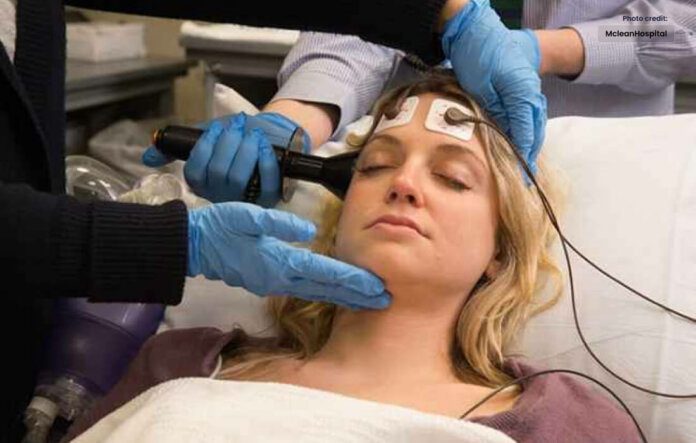ECT: An effective treatment for severe, resistant mental conditions.
In the realm of mental health treatment, Electroconvulsive Therapy (ECT) has long been a subject of curiosity, skepticism, and even fear. Popular depictions in movies and media have contributed to the stigmatization of this therapeutic intervention, often portraying it as a brutal and outdate procedure. However, beneath the layers of misconceptions lies a profoundly beneficial and potentially life-saving treatment for certain mental health conditions. In this blog, we aim to shed light on ECT, dispel myths, and explore its role in modern psychiatric care.
What is Electroconvulsive Therapy (ECT)?
Electroconvulsive Therapy, commonly known as ECT, is a medical procedure use in the treatment of severe mental illnesses, particularly when other forms of treatment have not been effective. It involves the control induction of a brief seizure in the brain through the application of electrical currents.
The procedure is usually conduct under general anesthesia to ensure that the patient is unconscious and does not experience pain or discomfort. Electrodes are strategically place on the patient’s scalp, and a carefully control electrical current is passes through the brain, leading to a brief seizure that lasts for seconds. The seizure activity is monitored and lasts only for a short duration.
The Historical Context:
ECT’s history dates back to the 1930s when it was first introduce as a treatment for various psychiatric disorders. Over time, its utilization and techniques have evolve significantly. In the early years, the procedure lack adequate safety measures and was often administer without anesthesia, leading to distressing experiences for patients. These unfortunate practices contribute to the negative portrayal of ECT in popular media.
The Role of ECT Today:
Modern ECT, however, is a vastly different and much safer procedure. Significant advancements have made in anesthesia administration, patient monitoring, and electrode placement, all of which have greatly improve its safety and efficacy.
ECT is typically use to treat severe depression (including treatment-resistant depression), bipolar disorder, and certain psychotic disorders. It is often consider when other treatments, such as psychotherapy and various medications, have proven ineffective or when the patient’s condition is life-threatening.
Dispelling Myths and Misconceptions:
-
ECT is Barbaric:
This is perhaps the most common misconception surrounding ECT. While historical practices were indeed distressing, modern ECT is a highly control and safe procedure. Patients are under anesthesia and experience no pain during the treatment.
-
Memory Loss:
Concerns about memory loss are often raised, but modern ECT protocols have significantly reduce the risk of memory-relate side effects. Temporary memory impairment is possible, but it is usually limit to the time around the treatment and tends to resolve after the completion of the therapy.
-
Only Use as a Last Resort:
ECT is not a treatment of last resort; it is a valuable option that can lead to rapid improvements in severe mental health conditions. Its use is base on careful evaluation and consideration of the patient’s individual needs.
-
Long-Term Effects on the Brain:
Extensive research has been conduct on the effects of ECT on the brain, and it has shown to be a safe procedure. There is no evidence to suggest that ECT causes brain damage.
Benefits of ECT:
- Rapid Improvement: ECT can lead to significant improvement in symptoms, particularly in cases of severe depression and acute psychiatric crises.
- Effectiveness in Treatment-Resistant Cases: It has shown to be effective when other treatments have failed to produce results.
- Reduced Suicide Risk: ECT can be life-saving for individuals at high risk of suicide due to severe depression.
- Applicability in Various Conditions: It is consider for several mental health disorders, making it a versatile treatment option.
Conclusion:
Electroconvulsive Therapy (ECT) remains a powerful and valuable treatment in modern psychiatry. Its benefits are well-document, and it has help countless individuals regain control of their lives when other treatments have not suffice. While it is essential to acknowledge historical missteps, we must focus on the current state of this, where it is administer with compassion, expertise, and adherence to the highest medical standards.
As society continues to advance and mental health awareness grows, it is crucial to approach ECT with an open mind and a willingness to learn. Stigma should not deter individuals from seeking potentially life-changing treatments that can lead to improve mental well-being and a brighter future. By embracing hope and understanding, we can truly support those who may benefit from this therapeutic intervention and foster a more empathetic and inclusive society for individuals with mental health challenges.




